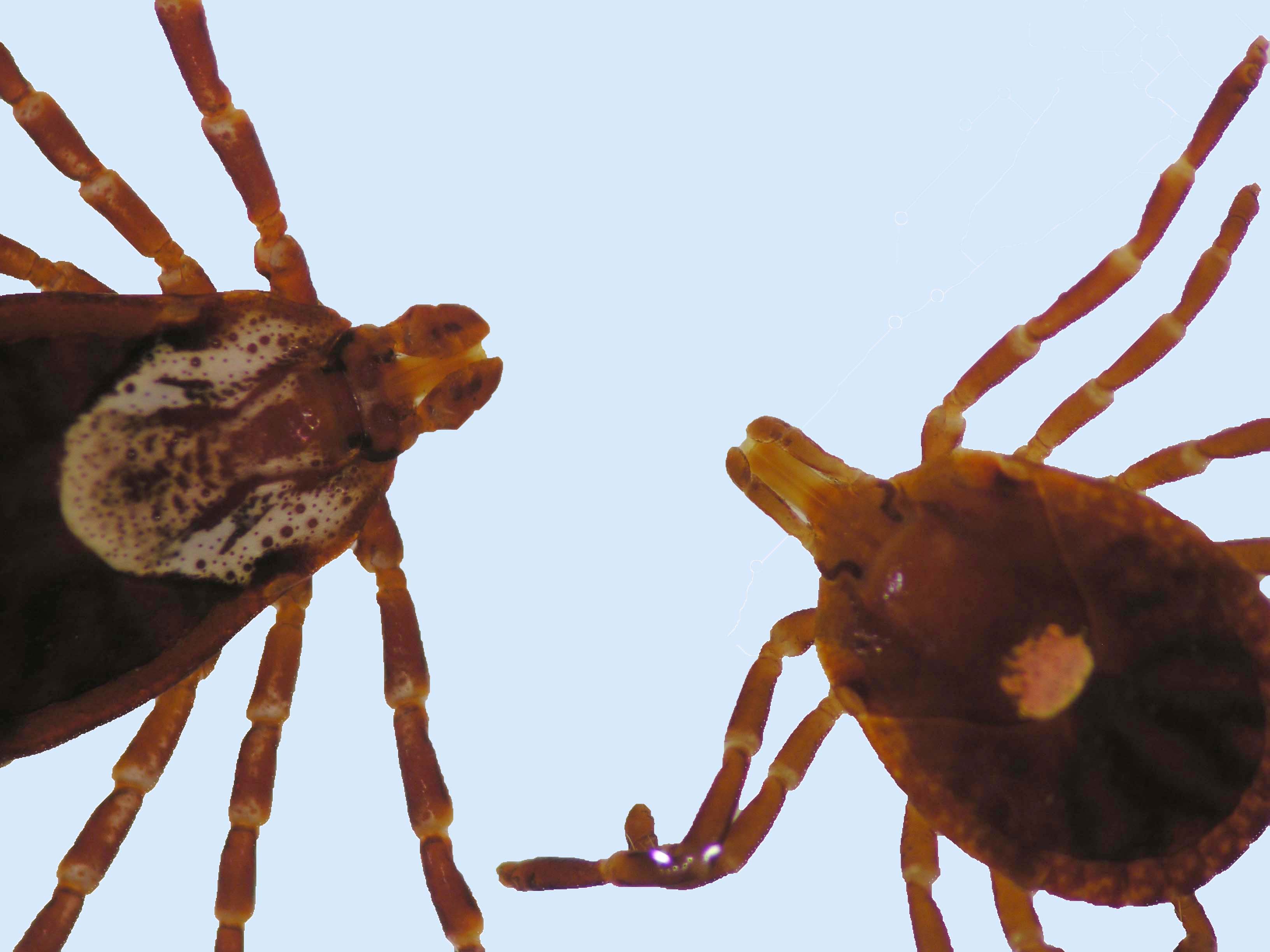UK entomologist details ways to prevent tick bites
UK entomologist details ways to prevent tick bites

Tick season is underway and a University of Kentucky entomologist is reminding Kentuckians to take precautions to protect themselves and their loved ones from tick bites.
“In tick-prone areas, check yourself, children and other family members every two hours, and very thoroughly after returning home from hikes and other outdoor activities,” said Lee Townsend, UK extension entomologist in the College of Agriculture, Food and Environment. “Common places to find ticks are behind the knees, around the waist, under arms, neck and head.”
Several effective precautions will reduce exposure. Wear a repellent; products containing DEET are particularly effective. A spray-on clothing treatment containing permethrin is good to use when in places where ticks are likely to be abundant. Avoid walking through tall grass and brushy areas along fence lines or adjacent to woods. Wear light-colored clothing so ticks are easy to spot. Check pets when they come in from outdoors.
The lone star tick and the American dog tick are the most common species found in the state. Their tick bites usually are just an itchy nuisance, but these ticks can carry diseases. Fortunately, only a very small percentage of them are infected. The adult female lone star tick, which has a white spot on its back, can carry erlichiosis. Its saliva, injected during feeding, may cause some people to develop a “red meat allergy,” a condition diagnosed more often as awareness of it increases. American dog ticks, reddish-brown with mottled white markings on their backs, have the potential to carry spotted fever. In addition, the blacklegged tick, also known as the deer tick, is becoming more common in the state and carries Lyme disease.
Prevention is the key to reducing the chance of being bitten by a tick. Even then, it is almost inevitable that some ticks will get past protective efforts, but prompt removal of attached ticks reduces the chance of infection if the tick is carrying a disease. Use fine-tipped tweezers to remove an attached tick. Grasp it as close to the skin as possible and remove it with a gentle, steady pull. Then, wash the bite area and your hands. Apply an antiseptic to the bite site to protect the wound from infection.
Entomology



